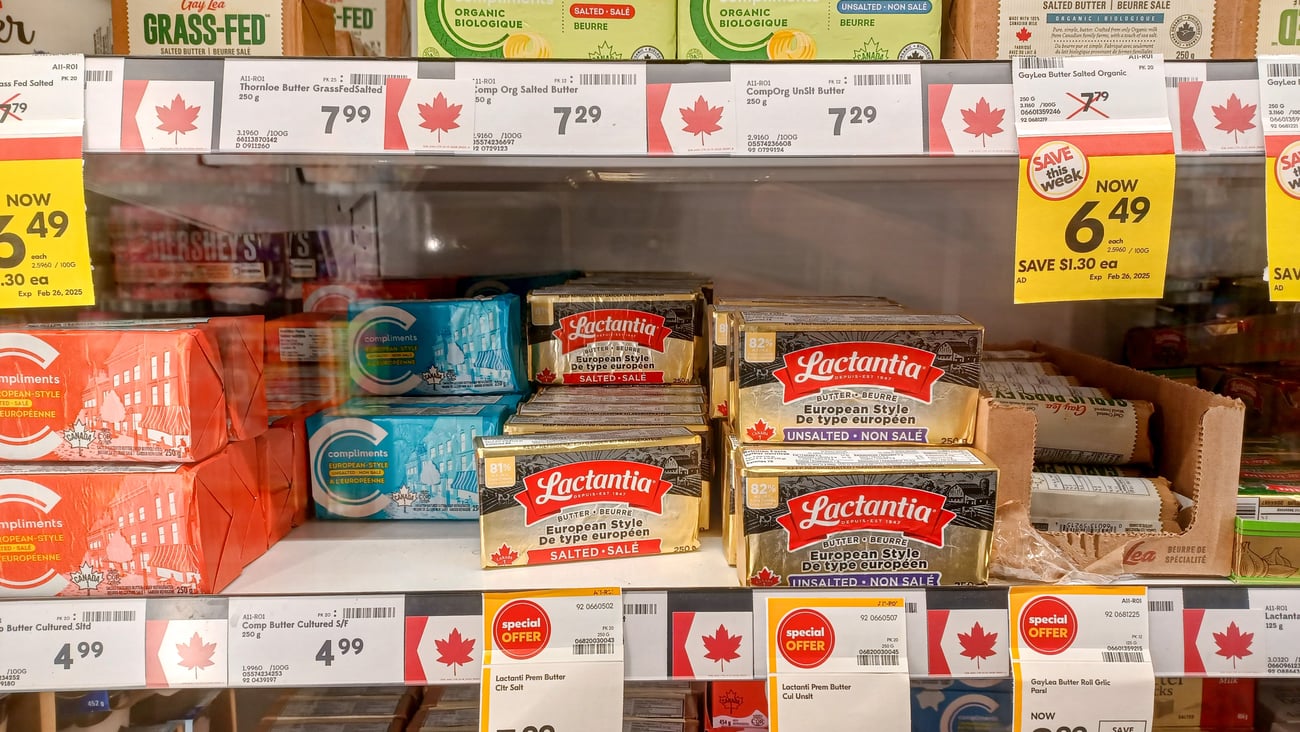The future of food in Canada
In 2018, Canada admitted more immigrants than at any point over the past 100 years. As Canada’s population ages, immigration is central to infusing youth and vitality into the economy. This, of course, has a wide-ranging impact—not only in terms of how Canada “looks,” but also in terms of what Canadians buy, which includes food and drink.
While new Canadians bring with them varied preferences in terms of the foods they eat, they also have an impact on the broader population. According to new Mintel research on ethnic food, more than half of Canadians say they view themselves as being “more open to eating international foods than (they were) a few years ago,” with three-quarters (77%) also viewing international foods as being “more mainstream now than they used to be.”
While this demonstrates that Canadians see themselves as being more open to trying a broader range of cuisines, the perceived mainstreaming of international foods also means it’s likely becoming more difficult for grocers to find new products that appeal to those interested in new foods and more adventurous eating experiences. Both these facets rank as the top two reasons why Canadians turn to international foods in the first place.
To appeal to Canadians’ desire for new culinary experiences, grocers can look to what’s less commonly eaten by Canadians. While Chinese and Italian foods rank as the most commonly eaten international cuisines, according to Mintel research, a sizeable swath of consumers is showing interest in exploring a diverse range of other cuisines. In this regard, Caribbean, African and Korean fare represent interesting opportunities for development. With the vast majority of Canadians viewing international foods as a bridge to experiencing other cultures, focusing on cuisines that are less commonly eaten yet garner interest can help grocers stand out.
Having a concerted international foods strategy is critical for today’s grocers. When asked, more than half (56%) of Canadians agree that “grocery stores that don’t offer internationally-inspired foods are not keeping up with the times,” with nearly half also agreeing that they’re “more likely to shop at grocery stores that offer internationally-inspired foods” and two in five claiming they will “go out of their way to travel to stores that offer specific internationally-inspired foods/ingredients.” Chinese Canadians and South Asians are more likely to hold these views.
In terms of product assortments, by their own account South Asians are more likely to want to try internationally- inspired versions of desserts, baked goods, snacks and breakfast foods relative to Canadians overall. This points to the importance of looking beyond the core supper and lunch occasion when considering how to develop or expand offerings that are inspired by other countries.
With immigration contributing greatly to Canada’s population growth, it’s critical for grocers to have a strategy that considers internationally-inspired offerings throughout their stores to appeal to newer (and even not so new) Canadians. It will set them up for success in an evolving consumer landscape.
This column appeared in Canadian Grocer’s September/October issue.




